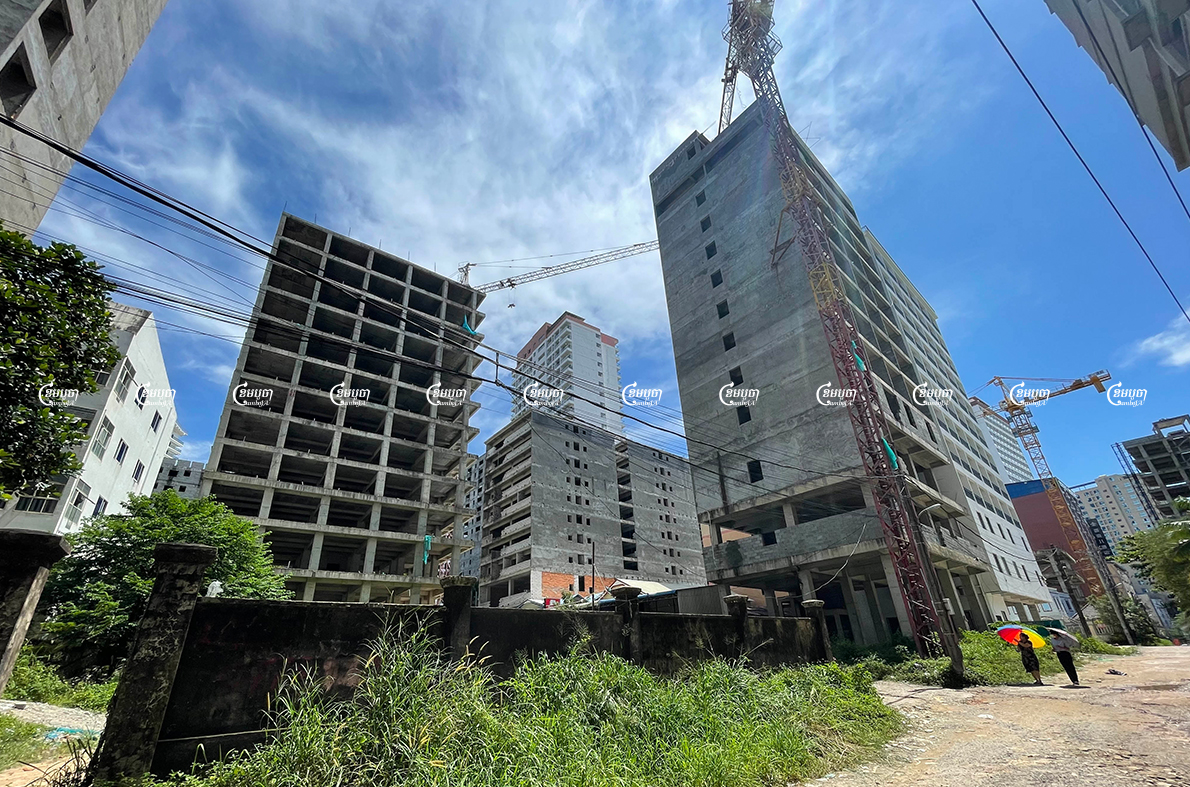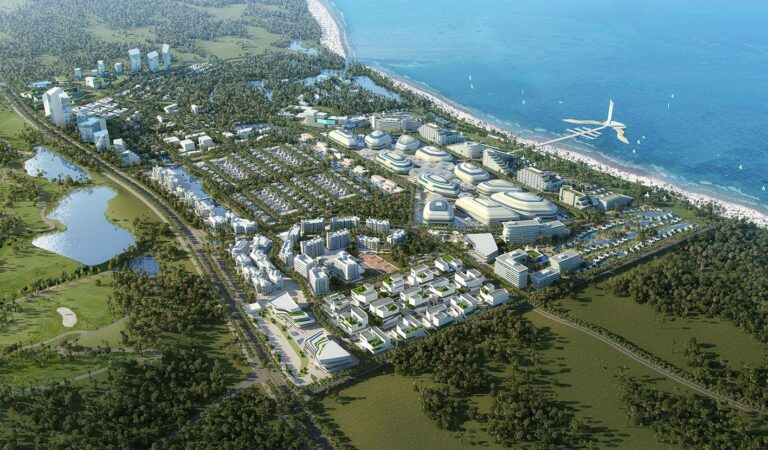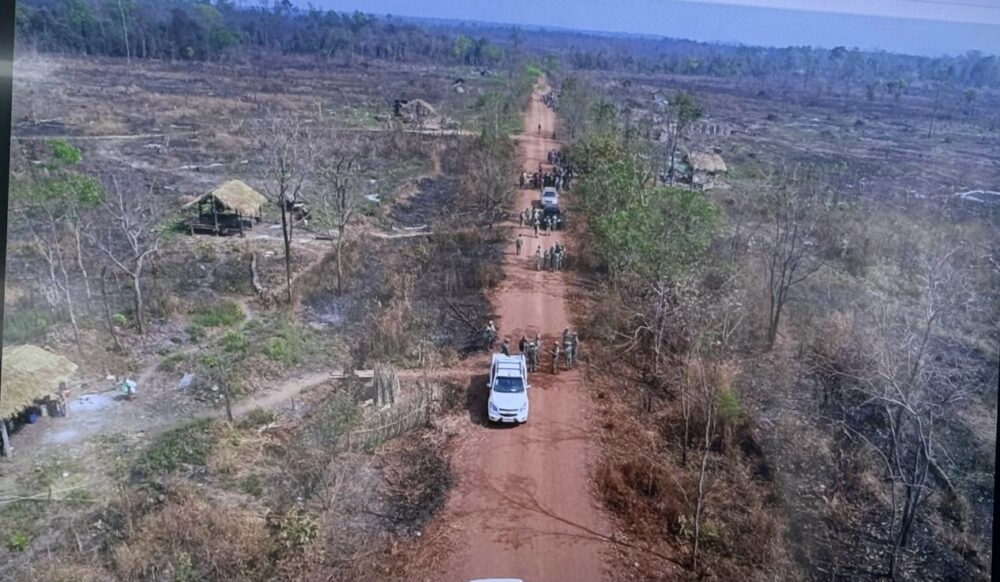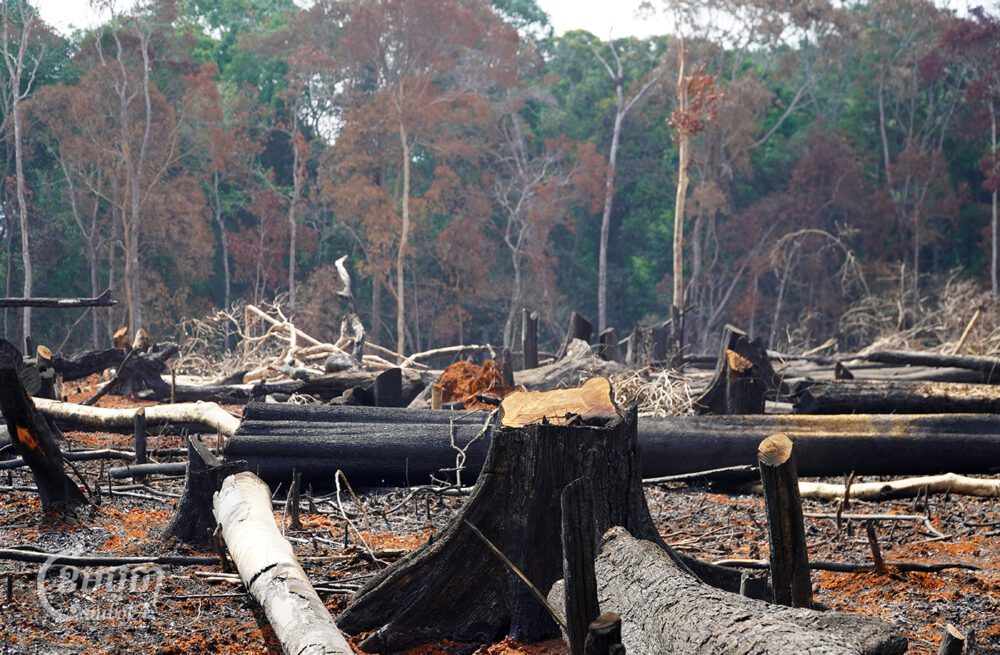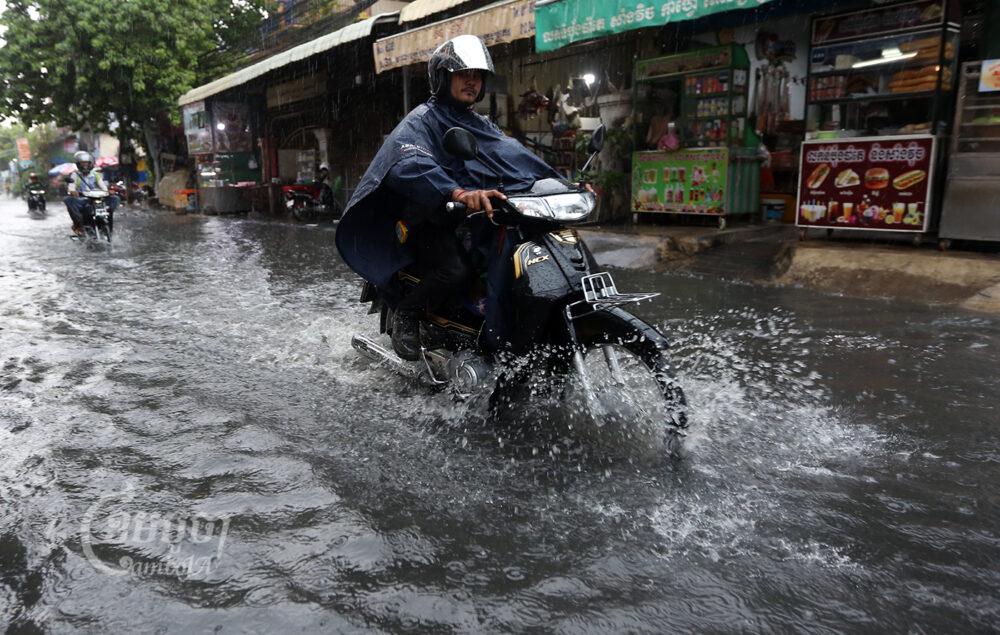Preah Sihanouk Province: Living among dozens of closed casinos, hotels and unfinished high-rise construction buildings, Ly In is used to people offering to buy her house. In 2018 and 2019, she said, at the height of the wave of Chinese investment into the coastal city of Sihanoukville, she watched land prices climb higher and higher, waiting for her moment to sell.
For more than two years now, though, she said that no one has made her an offer.
“When the Chinese first arrived, land prices here were seen to skyrocket,” she said. “But now since the Chinese have left town, the property prices here have been dropping, and construction has been put on hold, and now I think if the price is met, I will sell my land.”
The 56-year-old food vendor, who lives in Village 1, Commune 3, said that her business had previously relied on the Cambodian staff working the casinos around her house. Most days, she said, she could earn at least $250 from selling them food.
“After the closure of casinos and online gambling and the outbreak of COVID-19, I could earn just $30,” she said. “Most of the income comes from only Cambodians, because Chinese do not eat Khmer food.”
In just three years, Cambodia’s seaside resort of Sihanoukville had been transformed into a bustling casino town as skyscrapers sprang up throughout the city. Since the influx of Chinese starting from 2018, local rental and real estate prices have risen steeply, making local property owners richer overnight.
But things have changed dramatically over the past two years since the government outlawed online gambling in late 2019 and the world was struck by the COVID-19 pandemic. Tens of thousands of Chinese citizens who moved to Cambodia to work in the gambling and hospitality industry have left the coastal city, leaving the economy in limbo and hundreds of high-rises unfinished across the city.
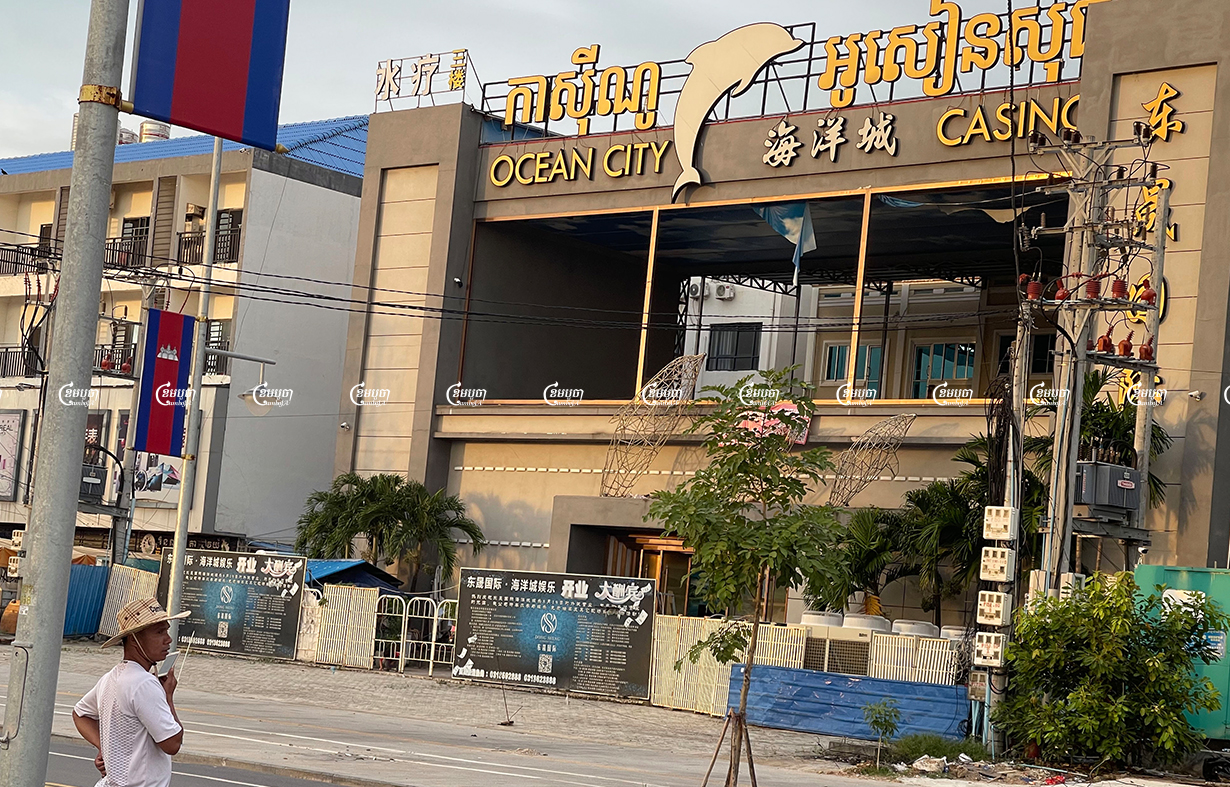
Sen Sophea, 47, used to be a chef at a Chinese-owned restaurant in Sihanoukville. In 2019, she opened a small food store, hoping to earn more as the area became the site of new high-rise developments.
“In the previous two years when land prices were booming during 2019, many Chinese cars came here looking for land for building construction, but now nothing,” she said. “Before, it was just like a forest, but now it’s been filled with high-rise buildings. I think it is good when the area I have been living in is being developed.”
57-year-old Chhuon Mom, who borrowed $30,000 from the bank to build a new house, was also happy to see more development. Now, she’s been waiting for the Chinese to return.
“After the outbreak of COVID-19 and the closure of online gambling, most Chinese people left Sihanoukville, causing me to lose daily income and go into debt,” she said. “At the beginning, we could pay back the loan easily, but since the Chinese left, I can’t make money and now I have requested to pay only the interest.”
China’s development projects in Sihanoukville, in addition to providing most of the jobs in the casino sector, also employs local informal workers serving in the tourism sector. Many of these have also been struggling to earn a living during the pandemic.
Other business-owners have had to adjust to the changing face of the city. San La, 44, who rents a small space for his grocery store along the town’s main road, said that since the influx of Chinese, the number of Western visitors had decreased.
“Before the Chinese came, there were a lot of tourists, especially the Westerners who spent a lot of money,” he said. “They bought local products; they used local services. But for the Chinese, they came to open hotels, marts, restaurants, massage parlors and even taxi services. They only use Chinese-owned services.”

Chrek Soknim, president of the Cambodian Valuers and Estate Agents Association (CVEA) said the past two years of the COVID-19 pandemic have been challenging for Sihanoukville’s property sector. But he said that when the government starts to fully open the economy, the sector will soon see a recovery.
“The property prices have declined for both rents and transactions … Chinese investors will return and further their projects,” he said. “It will provide people benefits from the property prices and the government will also receive more tax revenue from property transactions.”
According to Soknim, before the COVID-19, land prices in central Sihanoukville ranged from $1,000 to $3,000 per square meter — a 200 percent jump from the previous few years.
On Monday, Prime Minister Hun Sen announced the full reopening of all economic sectors in the country, though it remains to be seen how quickly the economy will rebound after struggling through nearly two years of COVID-19.
Preah Sihanouk provincial administration spokesman Kheang Phearum said that the activities of the construction sector have almost completely suspended, with just a few being under progress.
“We see just a little that have resumed and the [number] of suspended construction is quite a lot, and we need time to update the current data,” he said. “And the decision to fully reopen the country made by [Prime Minister Hun Sen] is the way to restore the economic activities in the province as well as in the whole country.”
Data from Preah Sihanouk’s Provincial Hall revealed that there were 71 Chinese-owned projects in Sihanoukville as of January 2021 totaling $17 billion in investment value.
Phearum said the updated data is not yet available, as provincial authorities are still waiting for figures from the Council for the Development of Cambodia.
Sihanoukville is a part of China’s Belt and Road Initiative (BRI), Beijing’s ambitious global programme for expanding its international trade opportunities and promoting infrastructure development.
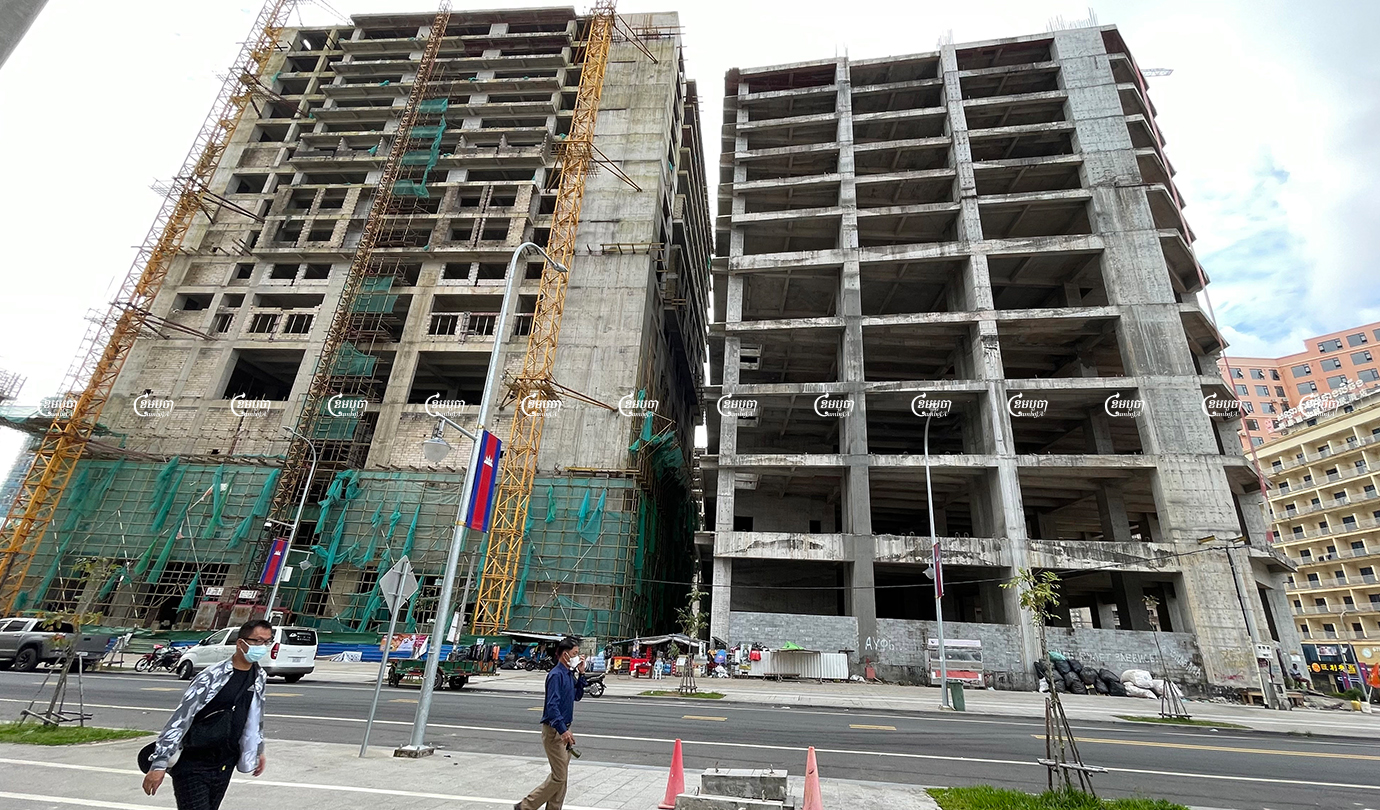
However, a research study by the Global Initiative Against Transnational Organized Crime for Central and East Africa as well as Southeast Asia, released in May, shows that the programme has been linked to increased risks of increased illicit trade, corruption, and crime, especially for weak economies such as Cambodia.
In Sihanoukville, the report says, the province “has been transformed through substantial Chinese investment into an enclave of Chinese-run casinos, restaurants, high-rise office buildings and power plants, and is becoming increasingly established as an illicit economic hub”.
The owner of seaside restaurant 79 on the O’chheuteal beach, Ke Solia, said that since China first entered the country in 2018, there have been no more European visitors and businesses have been struggling.
“Chinese nationals don’t use local services; they don’t eat Khmer foods. Unlike Europeans that would like to go to local shops, they wanted to try local products,” she said.
She said while her restaurant is now targeting local visitors, she also plans to add some Chinese food to the menu when more Chinese return to Sihanoukville. “I earn more from local people, and I don’t expect much from Chinese nationals because most of them support services run by Chinese people,” she said.


